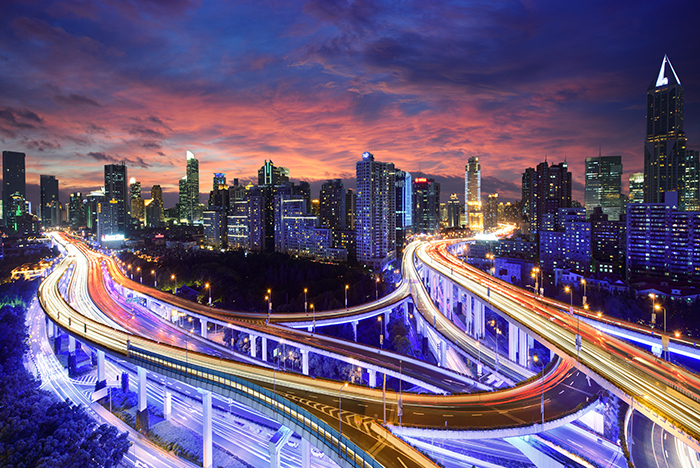Sustainable Cities: Planning for a Greener Tomorrow
11.16.2023
11.16.2023

Are you living in a sustainable city?
Well, take a look around you, and let’s find out. Do you have easy access to a bike or walking path? How about green spaces and parks? Is public transport worth taking, or is it easier to get around in your car?
With the idea of being environmentally friendly at the forefront of many peoples’ minds, it’s only natural that cities are also taking a look at their approach to sustainability. In this blog, we will take a look at what sustainable cities are, some of the measures that they take to be environmentally friendly, and how Verdeco’s innovative recycling solutions depend on the efforts of sustainable cities.
Sustainable cities are urban centers that already have or are implementing infrastructure and city-wide systems to limit their carbon footprint. These green systems are achieved through urban planning and management in a concerted effort to make city operations healthier and more sustainable.
It makes sense why cities would choose to cut down on their carbon footprint. 70% of global greenhouse gas emissions come from cities, with 90% of city emissions coming from buildings and transportation — and ⅔ of world energy use comes from major cities across the globe. To make a noticeable, positive impact on the environment, it is important for cities to consider implementing sustainable infrastructure. But, you may ask, what exactly does sustainable infrastructure look like? Great question. Let’s discuss a few of the more common sustainable practices that some major cities have executed for their residents.
One hallmark of a sustainable city is the ease with which you can get around the city without the need for a car. In these urban centers, bike and pedestrian paths are abundant — and there is a wide network of public transportation that can carry people from point A to point B. Bonus points if this public transportation network includes electric buses and other modes of green transportation!
With less need for a car, there is less congestion and fewer greenhouse gas emissions in cities. Additionally, this can also improve the air quality of the urban center, making it a healthier place to live for residents.
In the midst of a concrete jungle, it is important to contribute to sustainability by having plenty of green spaces and parks. Having greenery and plant life around supports ecosystem diversity so that birds, bees, and butterflies can all find a place to call home, too. It has also been shown that more green spaces increase and improve urban mobility, and access to these pieces of the natural world can improve mental health for city residents. But, the benefits don’t stop there. Parks and greenery can also further improve the air quality of the city.
This greenery doesn’t have to be limited to just parks — there are also tremendous benefits to having vegetation on building rooftops. Adding vegetation to rooftops helps reduce the urban heat island effect, which can be an especially big relief during the hotter months of the year.
As we learned in the beginning of the blog, 90% of city emissions come from buildings and transport. We’ve already covered transport, so what sustainable measures can cities take to improve the energy efficiency of their buildings? One creative way that sustainable cities have done this is through soil rooftops. Soil rooftops reduce the energy needed to heat and cool buildings, which can also save building owners money over time. Another thing to consider is adding solar panels to buildings to capture solar energy. For new buildings, some cities have implemented sustainable architecture — which designs new buildings and skyscrapers specifically to be more energy efficient.
Another way that sustainable cities are contributing to a greener tomorrow is through better water management. Many of these cities have implemented programs in an effort to be more conscious of water usage so that there are fewer water shortages. Part of the infrastructure that these cities have built includes new technologies to monitor water systems and provide leak detection so that city water departments have a better understanding of the amount of water that they are working with. Some cities have even started including incentives for businesses and individuals in an effort to save more water.
When cities are more sustainable, everyone benefits — which is why Verdeco’s innovative solutions work best when everyone is committed to the common goal of a more environmentally friendly world.
We support sustainable solutions for cities, and one of the ways that Verdeco benefits from sustainable cities is through effective recycling programs that collect reusable materials — especially PET. With a reliable feedstock of PET from cities, Verdeco can ensure that these materials will be transformed into new, high-quality rPET that meets the immediate needs of our earth-friendly customers.
To find out more about how Verdeco is changing the world, visit verdecorecycling.com.
Elevate your commitment to sustainability while upholding your high standards of quality. Talk with us today to discover the possibilities.